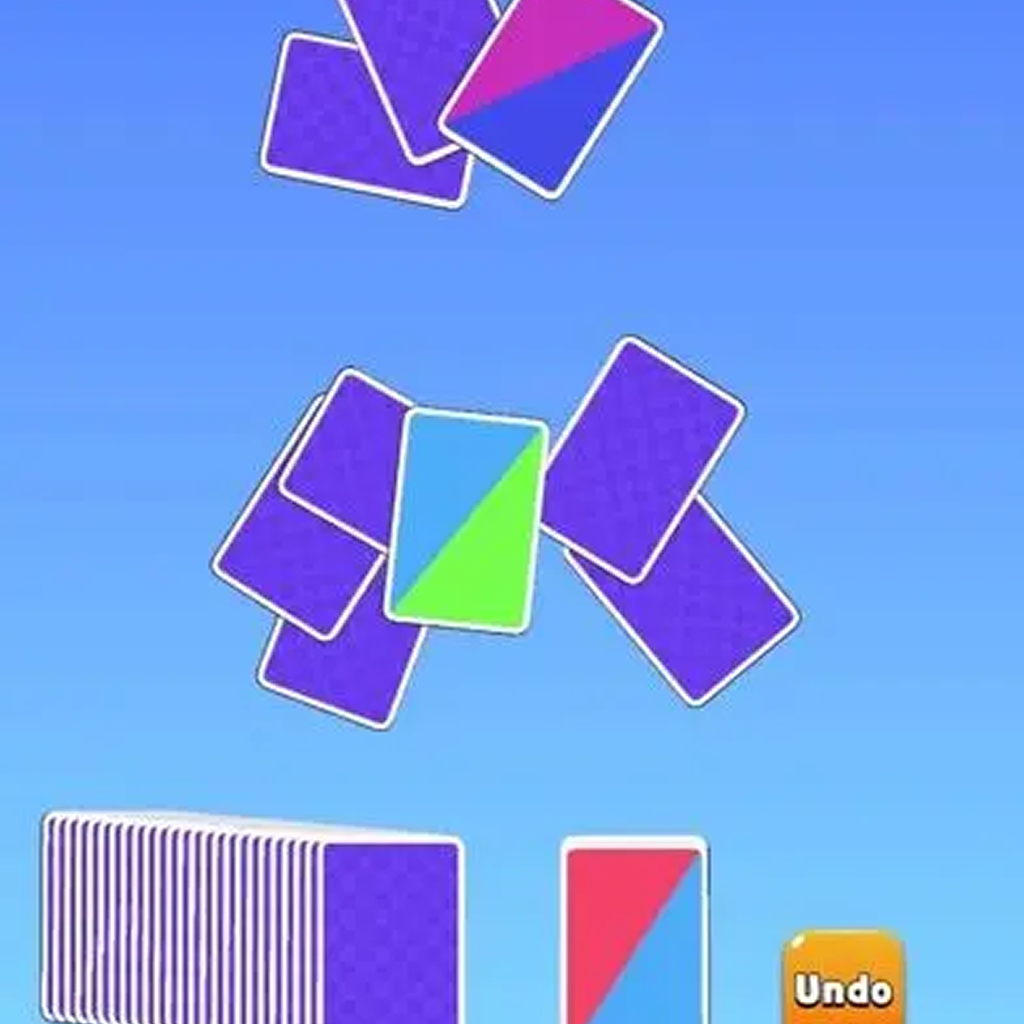I still remember my first time on Caspian Border. It wasn't the first map I played in Battlefield 3, not by a long shot, but it was the first one that made me audibly say "whoa" to an empty room. The sheer scale of it. The way you could be dogfighting in a jet high above the antenna, only to see the tiny glint of a sniper scope from the hills a mile away, and the chaos of tanks clashing down by the treeline. It felt… vast. It felt like a battlefield.
That feeling has been a little elusive lately, hasn't it? Games have gotten prettier, the destruction more granular, but that sense of truly epic scale has felt, I don't know, a bit constrained.
And then the whispers started. The digital breadcrumbs. The stuff that gets people like me way too excited for our own good.
The Datamining Drip-Feed and What It Means
For those not deep in the weeds, "datamining" is basically digital archaeology. Nerds (and I use that term with the utmost affection, as a card-carrying member) dig into game files—patches, alphas, betas, you name it—and find bits of code, asset names, and stray variables left behind by developers. It’s like piecing together a dinosaur from a few fossilized bone fragments. You don't get the whole picture, but you can make some pretty educated guesses.
Lately, the digital archaeologists of the Battlefield community have been hitting a motherlode. Tucked away in obscure files are references to map names we've never seen, and more importantly, values and coordinates that suggest play spaces far, far larger than anything we’ve fought on before.
My first reaction? Pure, unadulterated hype. Of course. More space! More players! More chaos! The return of that Caspian Border feeling! But then the coffee kicked in, and the more… experienced part of my brain took over. The part that’s been burned by hype trains before.
So, Bigger Maps Found in Battlefield 6 By Dataminers... But Does Size Really Matter?
This is the million-dollar question, isn't it? The headline is tantalizing: Bigger Maps Found In Battlefield 6 By Dataminers. It gets the clicks. It gets the imagination going. But a big map is not necessarily a good map. We've seen this movie before.
A poorly designed large map is just a whole lot of nothing. It's a "running simulator" where you spend five minutes hoofing it from your spawn point only to get picked off by a vehicle you never saw. It's a landscape of dead space, where the action is so diluted and spread out that you feel like you're playing a lonely hiking game with occasional gunfire. Think about it this way: a concert in a massive, empty stadium feels a lot less exciting than a packed show in a smaller club. The energy is gone.
But when it's done right? Oh, man. When it’s done right, a massive map becomes a strategic sandbox. It means flanking isn't just taking the side alley; it's a full-on, multi-squad maneuver through a forest or an industrial park that the enemy has completely forgotten about. It means vehicle combat feels meaningful, not like bumper cars in a too-small arena. It allows for honest-to-god front lines to form, shift, and break. It’s the difference between a skirmish and a war. A map's design philosophy is everything—just look at how Overwatch is re-evaluating its entire hero design philosophy; map scale has that same kind of foundational impact.
Learning from the Ghosts of 'Big' Maps Past
I’ve spent thousands of hours in this franchise, and I can tell you the graveyards are full of ambitious but flawed giant maps. I remember some of the larger maps in Battlefield 4 that just felt… empty. All that space, but the action was inevitably drawn to two or three little chokepoints, rendering 70% of the terrain completely irrelevant. It was a beautiful, boring wasteland.
The trick, the secret sauce that DICE has to rediscover, is "flow" and "points of interest." A great large map isn't just big; it's cleverly compartmentalized. Golmud Railway was fantastic because it had distinct battle zones: the central village, the railway capture points, the open fields for tank battles. You always knew where the fight was, but you also had endless options for how to approach it.
This is what has me cautiously optimistic. The sheer ambition to even try and go bigger suggests a return to form. It suggests they understand that what made Battlefield special wasn't just the destruction or the graphics; it was the scale of the conflict. It was creating these epic war stories, one match at a time. It's about providing a true sense of adventure within a single multiplayer match. It makes you wonder if they're building a massive map with a specific gameplay loop in mind, maybe something more open-ended like what's being explored with the Mafia: The Old Country open world mode, but for multiplayer.
I keep coming back to this point because it’s crucial. Don’t just give us a bigger box. Give us a better sandbox.
Frequently Asked Questions (That I'm Also Asking Myself)
So are these leaks about bigger maps in Battlefield 6 definitely real?
Here's the thing: we have to be careful. Datamined info is often real code, but it can be leftover from old experiments, placeholders, or things that were cut from the final game. So while the files are real, their implication isn't guaranteed. Think of it as a movie script draft; the final film might be totally different. Take it all with a healthy dose of salt.
How much bigger are we talking? Like, double the size of the biggest BF map now?
The speculation is all over the place. Some of the coordinates found in the files suggest maps that could dwarf even the largest maps from previous titles. But without an official scale or confirmation from DICE, it’s all just guesswork. It's exciting to imagine, but let's not get carried away planning multi-day military operations just yet.
Won't huge maps just be boring "running simulators"?
This is the big fear, and it's a valid one. A map’s success will hinge entirely on two things: intelligent design with plenty of points of interest to keep the action focused, and an abundance of transport vehicles. If there aren't enough jeeps, quads, and transport helis to get around, then yes, it could absolutely become a boring trek-fest. This is probably the single biggest challenge the developers face.
What could DICE do to make these massive maps actually fun?
Beyond just transport vehicles, they could implement dynamic objectives that shift around the map, forcing teams to stay mobile. Maybe environmental events, like sandstorms or blizzards from past games, could funnel players into different areas. Better squad-spawn mechanics and maybe even mobile spawn points (like the old Commander Mode abilities) could also be key to cutting down on the boring downtime.
Why do dataminers even dig up this stuff?
For the love of the game! It's pure, passionate curiosity. These are fans who are so invested in a series that they want to see how the sausage is made. They're not usually doing it to be malicious; they're just trying to get the earliest possible glimpse of what's next for the games they adore. It's part of the modern hype cycle, for better or worse.
So, yeah. I'm letting myself get a little bit excited. That wide-eyed feeling I got loading into Caspian Border for the first time is a powerful memory. The idea that EA and DICE are aiming to recapture that, to push the boundaries of scale and create something truly massive and chaotic again… well, it's enough to make a jaded old veteran hope. Just don't make me run for five minutes, okay?

























